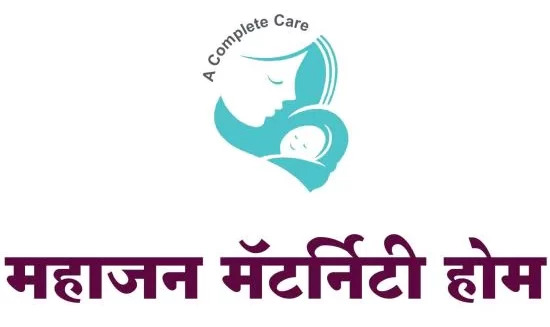Delivery
Delivery

Vaginal Delivery
In a vaginal birth, the baby is born through the birth canal. It’s hard to know when exactly you will go into labor. It’s the most preferred and most common way to deliver a baby because it carries the lowest risk (in most cases). A vaginal delivery occurs most often between weeks 37 and 42 of pregnancy. A vaginal delivery has three stages: labour, birth and delivering the placenta.
Visit Mahajan Maternity Home- a pregnancy care centre in Pathardi Phata.
Some benefits of a vaginal delivery include:
● Faster recovery.
● Safest for the pregnant person and the baby.
● Lower rates of infection.
● Babies are at lower risk for respiratory problems and have a stronger immune system.
● Lactation and breastfeeding are usually easier.
C-section Delivery
During a C-section birth, your obstetrician delivers your baby through surgical incisions made in your abdomen and uterus. A C-section delivery might be planned in advance if a medical reason calls for it, or it might be unplanned and take place during your labor if certain problems arise.
Visit Mahajan Maternity Home- pregnancy care centre in Indira Nagar.
These might include:
- Infection.
- Loss of blood or need for a blood transfusion.
- A blood clot that may break off and enter the bloodstream (embolism).
- Injury to the bowel or bladder.
- Longer recovery and longer hospital stay.
- Abdominal adhesions.


VBAC
If you’ve already had a cesarean birth, you may be able to have your next baby vaginally. This is a VBAC, or vaginal birth after cesarean. Because a surgical cut results in a scar on your uterus, the concern is that the pressure of labor in a vaginal delivery could cause your uterus to open (rupture) along the previous C-section scar. For this reason, certain criteria must be met in order for your obstetrician to attempt a vaginal birth after C-section.
Visit Mahajan Maternity Home- pregnancy care centre in Indira Nagar.
